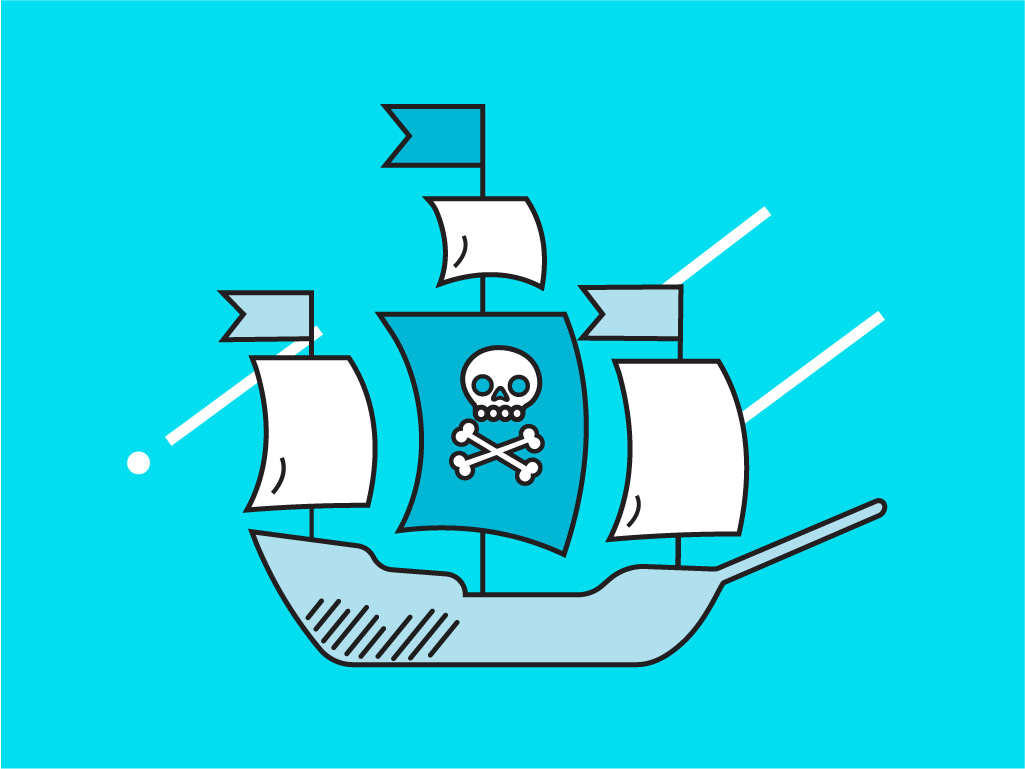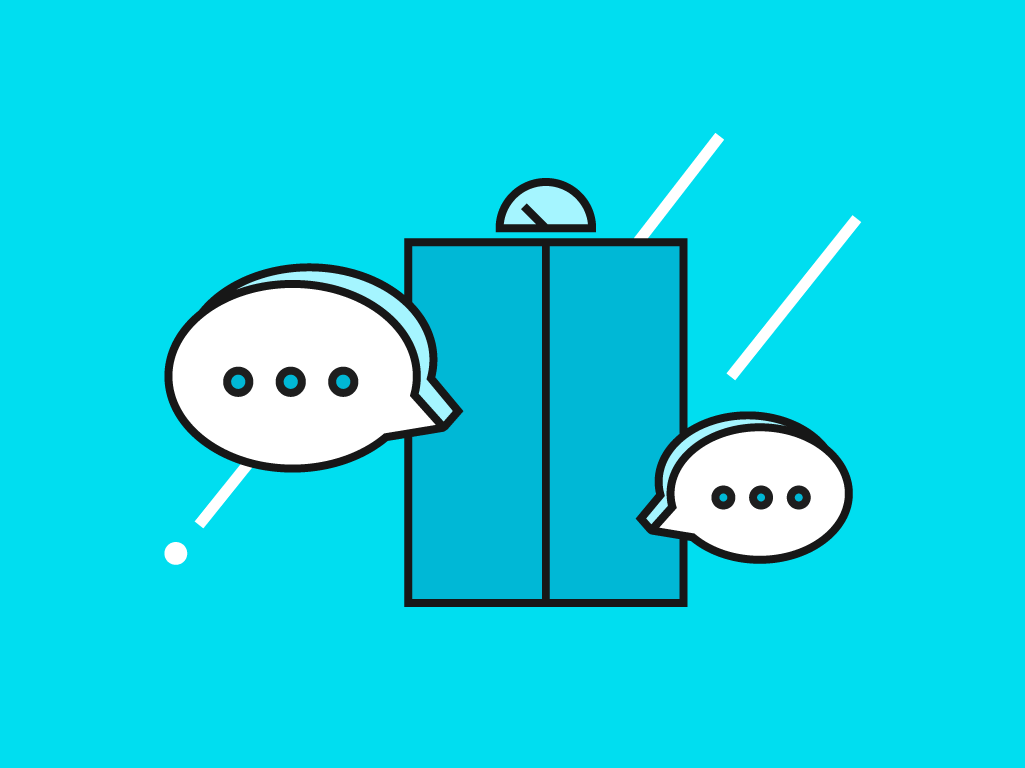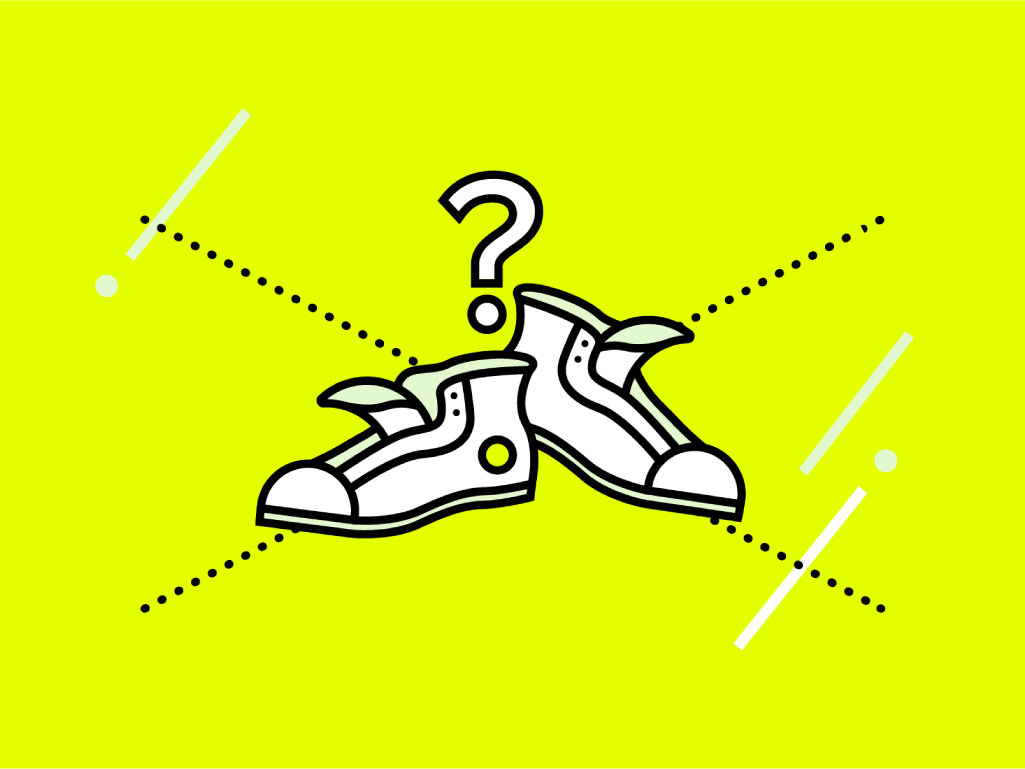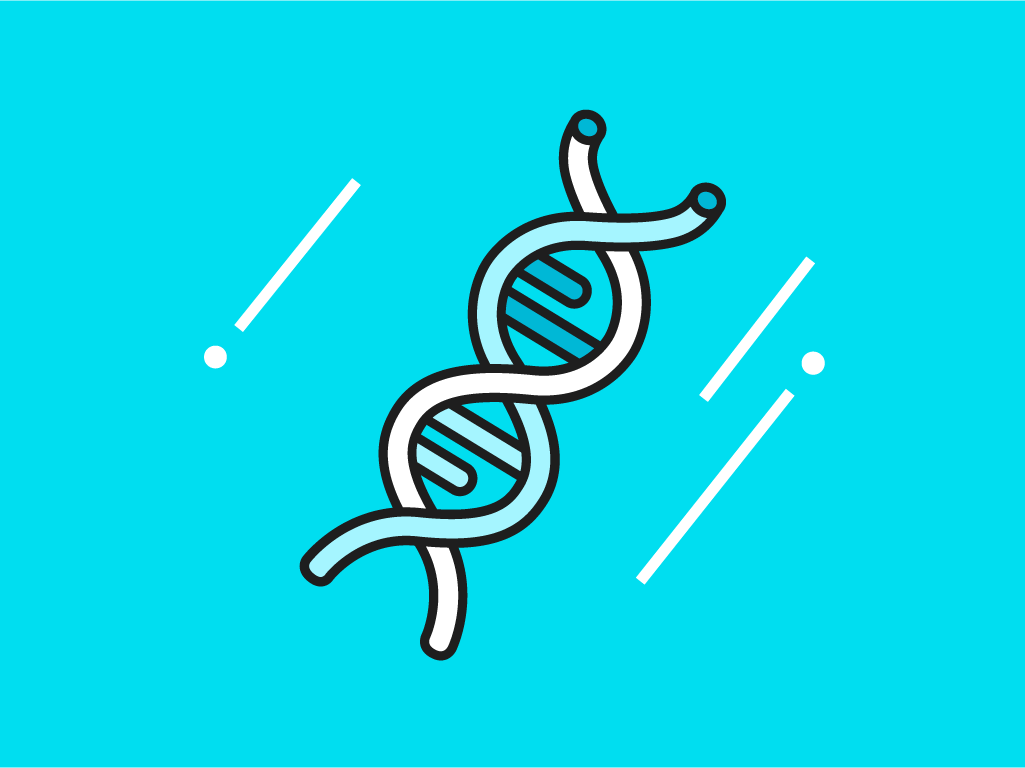Originally developed by VC David McLure, Pirate Metrics have coined their own unique name due to the abbreviation “AARRR,” which stands for each phase in the customer journey: acquisition, activation, retention, referral, revenue.
We can not only map out these metrics, but develop them, using a funnel that begins with acquisition on the top trickling down through activation and resulting with revenue. Referral and retention surround the funnel representing additional drivers for activation. By creating a full-fledged customer journey funnel, you can ensure that you are reaching your audiences with the right tactics and messages at the right times throughout all of the touchpoints in their overall experience with your brand and products. Consider this a checklist for success.

How to use or facilitate:
- This Pirate Metrics exercise can be done alone, in-person as a group, or in a remote-friendly setting using a digital whiteboard platform like Miro.
- In-person Option 1: Designate an area of a wall or use a blank post-it pad to do your share out. Draw a funnel diagram on the board or wall using painters tape, and use post-its or markers to take down your thoughts.
- In-person Option 2: Hand everyone participating an AARRR funnel worksheet (you can download this template by clicking “Get Template” above) and a regular sharpie marker or pen.
- Once each participant has a worksheet or post-its, set the stage for the group: “Pirate metrics – or AARRR – stands for acquisition, activation, retention, referral, revenue. These are the steps in the customer journey or funnel through which we usher our audiences from the first moment they hear of or see our products all the way to purchase and advocacy. So what does you customer journey look like today? Or how might it ideally look in the future? How are your customers being acquired? What do they see when they’ve clicked on an ad? What campaigns are retaining them? Is your message being spread organically through referrals?”
- Now, have all participants make their way through each phase of the funnel using the following steps:
- Set a timer for 3 minutes and ask all participants to write down as many examples as they can think of in this time period.
- Beginning with Acquisition, ask the group, “What tactics or strategies are you currently using to introduce your brand or drive discovery for it with audiences?”
- Once the time is up, re-set the timer for another 3 minutes and move on to Activation with the following prompt, “What experiences are you delivering that drive engagement, consideration and conversion for your audiences?” (*Pro-tip: You can use the following list of corresponding metrics to help add context, ideas, or real-world data to your funnels.)

-
- Follow these same steps as you make your way through Retention, Referral, and finally Revenue with the following prompts:
- Retention: “How do you drive repeat purchase or engagement for your customers?”
- Referral: “How do you generate advocacy and word of mouth for your brand?”
- Revenue: “Which monetization strategies and tactics will you leverage?”
- Once everyone completes their funnels, encourage the group to share their results. Select a few candidates, or call upon each member of the group individually to discuss, depending on whether it is a group challenge for the same product.
- Dedicate one person to capture all notes on the board, or have each participant come up one at a time to stick their post-its to the master board.
- Follow these same steps as you make your way through Retention, Referral, and finally Revenue with the following prompts:
4. Finally, it’s time to assess the larger picture. Discuss each step in the funnel and note where there are gaps, room for improvement, or builds upon any successes that have come up.
The Takeaway:
By understanding AARRR, or Pirate Metrics, we are able to understand the complete picture of the customer journey, and where and how we can best meet our customers’ ever-evolving needs. So if you’re asking yourself any of these questions–What does my customers’ journey look like today? How am I acquiring them? What do they see when they’ve engaged with my business? How are they being retained? Is my message being spread organically through referrals? Grab a worksheet and map it out using this tried and true technique.





